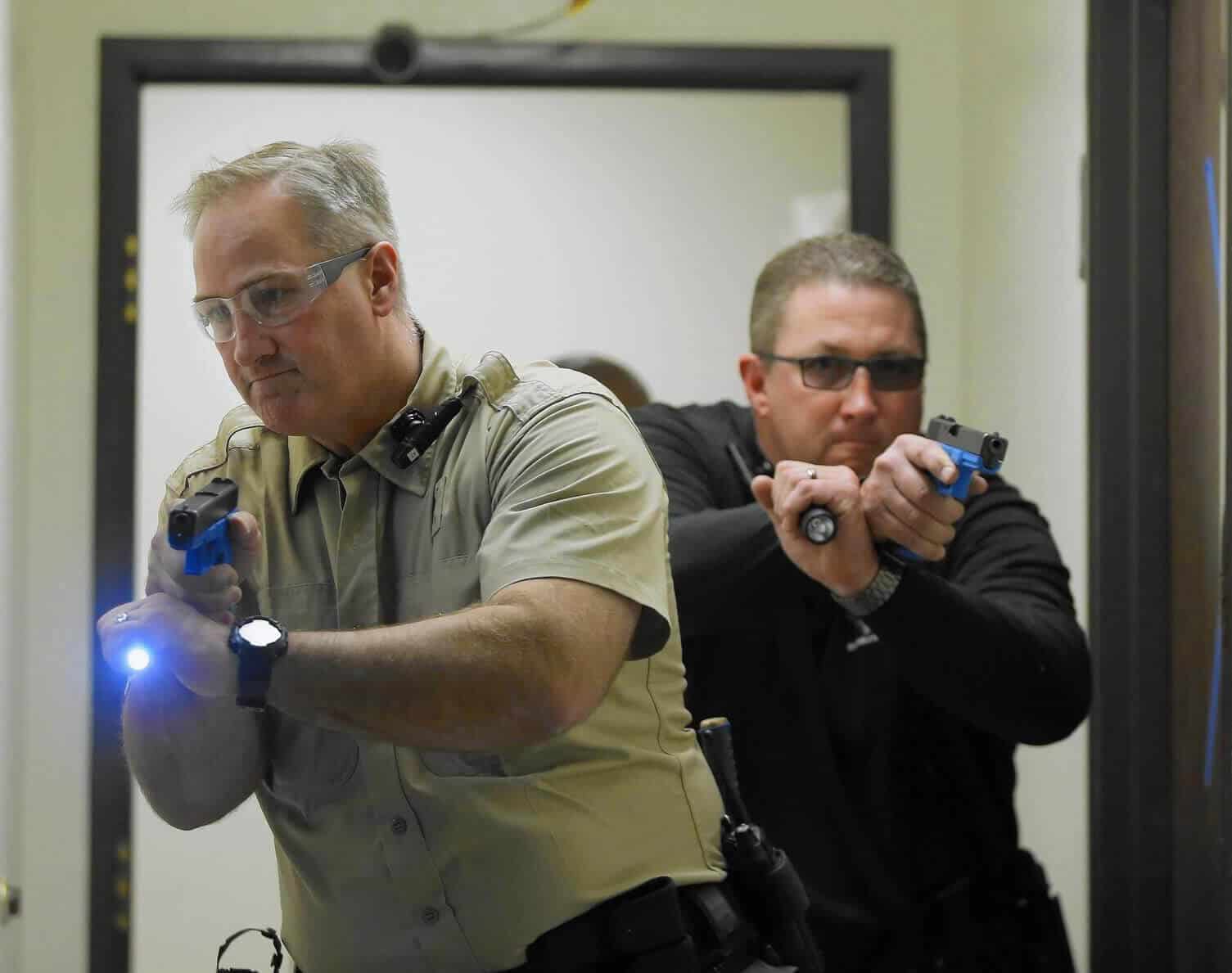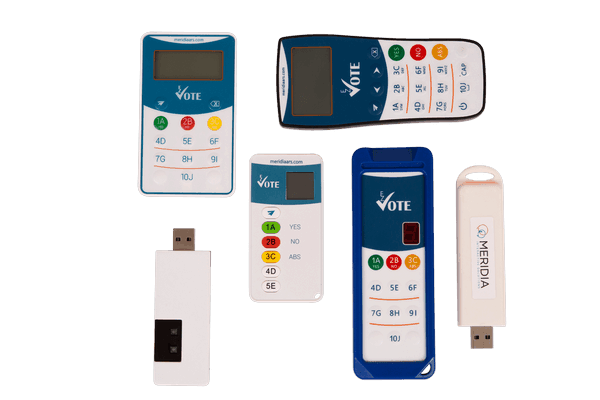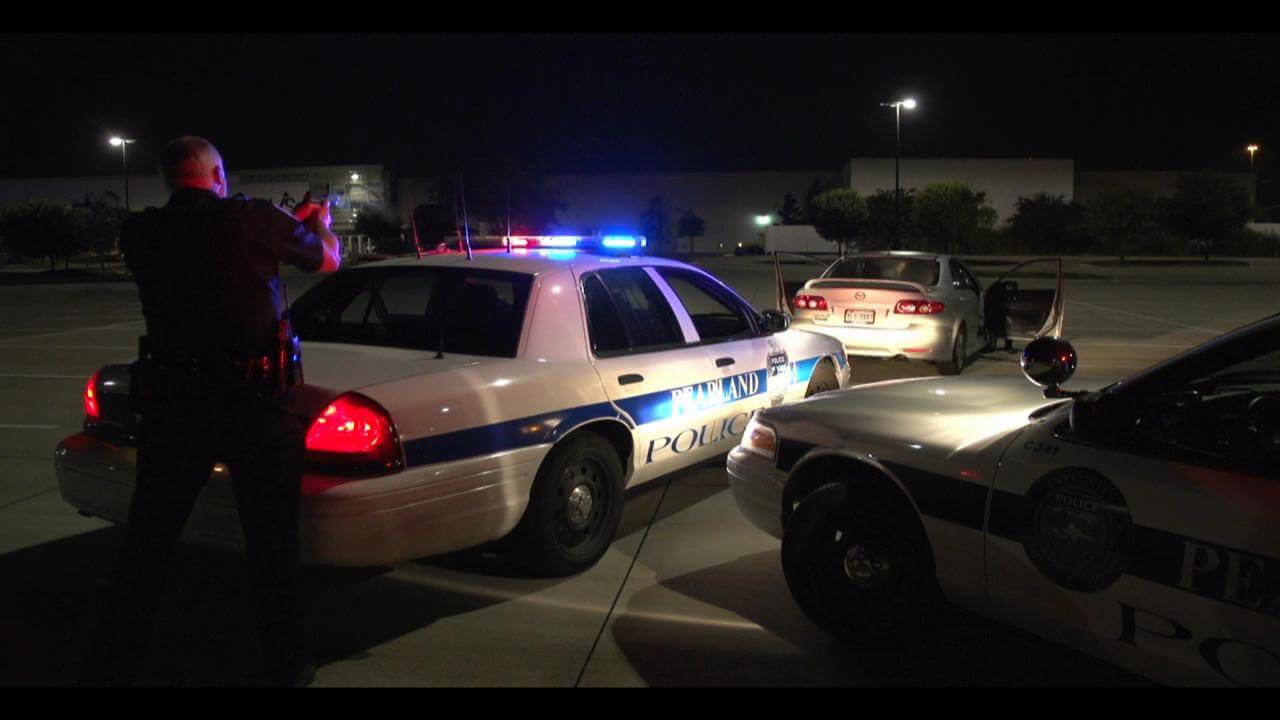Shoot/No Shoot Decision Simulations Using ARS
Police training is a serious matter, particularly when it comes to use of deadly force. Under what circumstances does an officer merely put his or her hand on the holster? Draw a gun? Under what circumstances should the officer actually fire the weapon?
Tactical Decision Making
Tactical decision making and police training simulators can help officers learn how to respond correctly – before they find themselves having to make split second decisions on the street. But shooting simulators, even if they’re good, present three fundamental challenges.
- Good simulators can be very expensive.
- They’re typically designed to train one officer at a time, and cycling offers through a decision simulator – one after another – can take a long time.
- The trainee invariably feels like a lab rat whose every move is being scrutinized. They’re supposed to be learning skills, but there’s little room to make a mistake, even here.

Challenges of the Simulator
To be sure, it’s far better for an officer to make the wrong call in a simulator. No one gets hurt, but every mistake will be witnessed by everyone in the simulation room.
The absence of anonymity may make it harder for some officers to gain the skills they need. If they’re concerned about making mistakes and being judged while they’re trying to gain these critical skills, it may take longer for some officers to master these critical skills – and may contribute to confidence and unit cohesion problems that a department doesn’t need.

Benefits of Audience Response System in Police Training
What’s the solution? An audience response system (ARS) tuned to support such tactical training scenarios can help. In fact, an ARS can help a department overcome all three of the challenges associated with immersive shooting simulators.
- Compared to the cost of a simulator, an ARS costs almost nothing.
- An ARS can facilitate the training of many officers at once. All trainees can respond simultaneously to a simulated scenario and the trainer can see instantly how the trainees respond. By pressing a button on an input device, the trainee can instantly indicate whether the situation demands a hand on the holster, a drawn weapon, or the firing of the weapon.
- An ARS can also protect trainees from the ignominy of mistakes. The ARS software can be set to mask responses. No trainee need know how another trainee has responded – but every trainee will know whether their response was the correct one. And if it’s not? They can continue to work through simulations until they get it right. In the end, officers feel empowered and confident in their ability to make the right decision – without the burden of feeling embarrassed about the mistakes they may have made along the way
An ARS can’t tell an officer if their aim is true when they have to shoot, but it can provide a department with a far more cost-effective and supportive tool with which to train officers on making critical decisions about whether or not the weapon even needs to be drawn in the first place.

